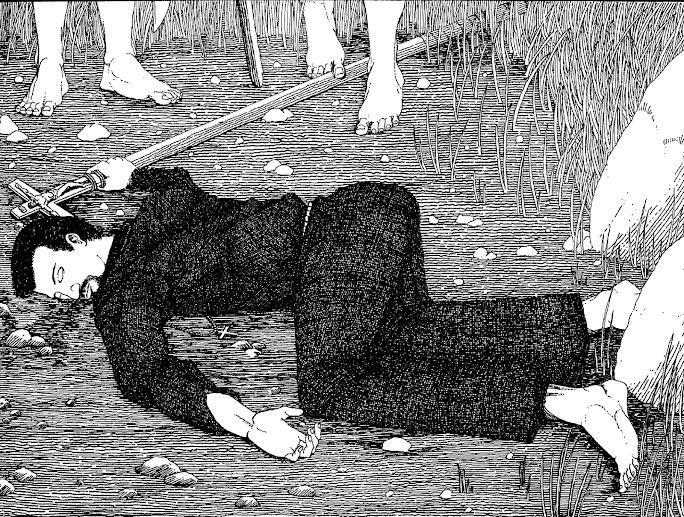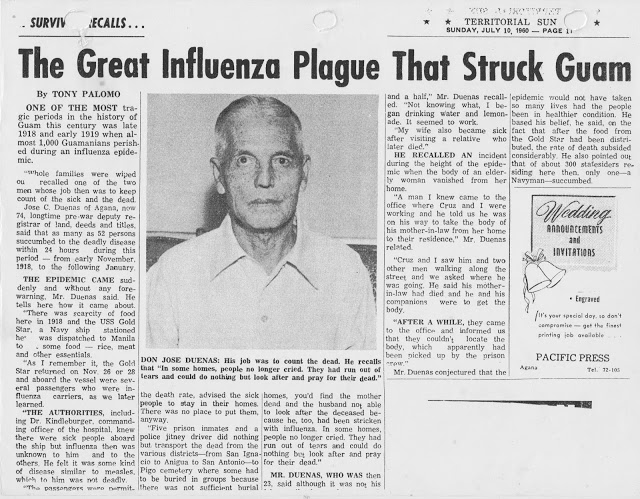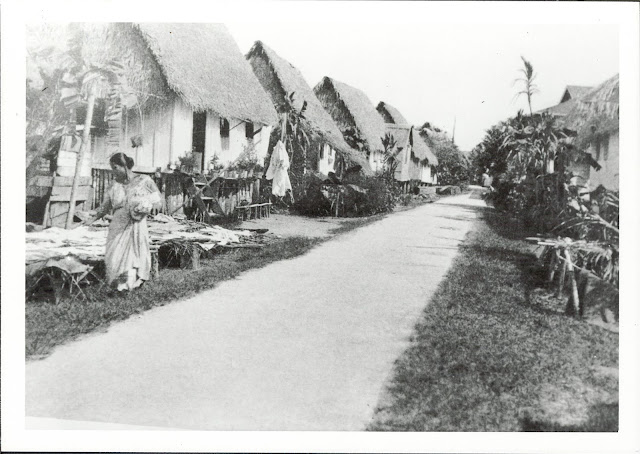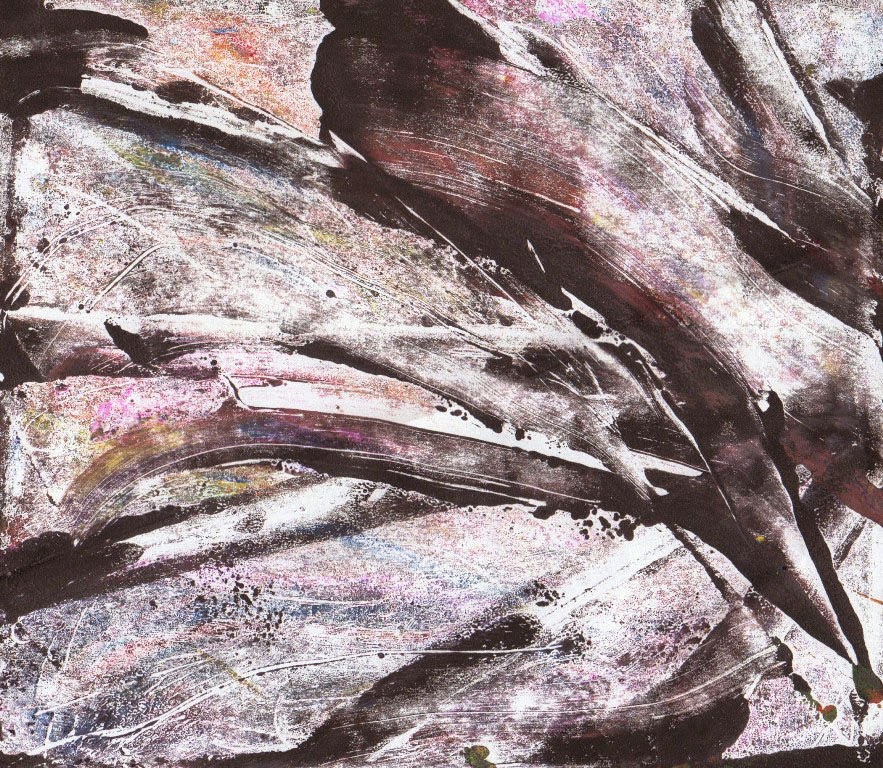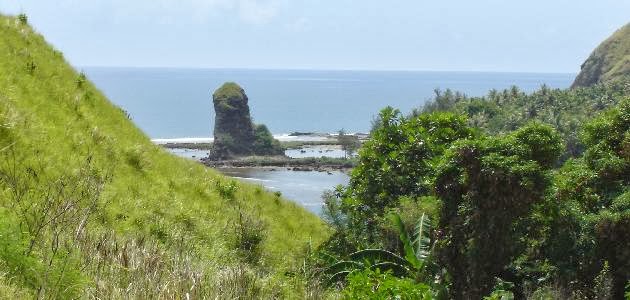For the Love of Language

When San Vitores first came to the Marianas the Chamoru people were largely accepting of the new religion for a few reasons. The Spanish offered gifts to those who converted to the new religion, including sometimes precious lulok or metal. They were the newest hottest thing on the island. Exciting simply because it was different, like when Applebee's or McDonald's first came to Guam. Some converted seeing the chance for greater power by being closer to those that they perceived might shake up island hierarchies. Some may have followed the new religion, because it truly spoke to them. But one of the things that helped San Vitores win over the people in many ways was his ability to speak to them in Chamoru. Chamorus had interacted with Europeans for more than a century at that point via hand gestures and sailors from the Philippines and Southeast Asia who were able to communicate using Austronesian terms with the Chamorus they encountered. Spaniards, Filipinos and African slave
